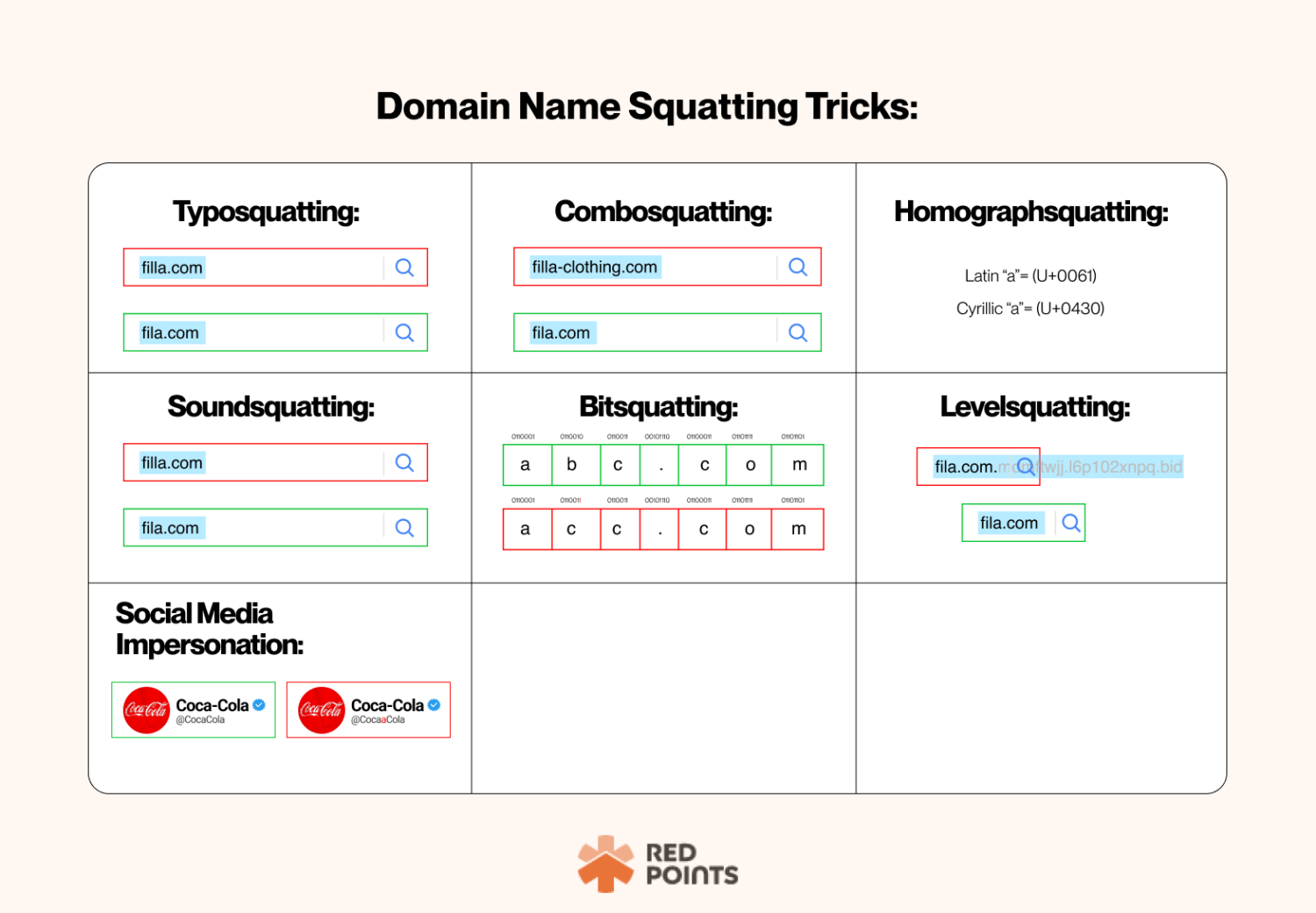Over the last five years, phishing attacks have grown at an alarming rate. Between 2019 and 2020, the FBI’s Internet Crime Complaint Center indicated that phishing incidents nearly doubled in frequency, leading to billions in losses worldwide. And most recently, phishing has been reported as the number one threat to merchants in 2022 and 2023. Phishing tactics are diverse, with schemes that target consumers as well as businesses.
Merchants have a responsibility to keep their devoted customers safe while shopping their online store. They also have an opportunity to create customer loyalty and increase trust during the process, which plays a massive role in influencing buying patterns. According to the Edelman Trust Barometer Report, 81% of shoppers say brand trust is a deciding factor or deal breaker when it comes to considering a purchase. Here is what you should be telling customers when it comes to spotting a fake website or fraudulent copycat:
- Inspect the URL for any misspellings or incorrect domain names that could indicate a fake site. If you’ve caught a copycat website before, share the example in your communications with customers so they can be aware not to shop at the fake shop.
- Look for essential security indicators. HTTPS and the presence of a padlock icon in the address bar can signify a secure connection. Tell customers that sites without these elements should not be trusted and that your site will always have these features to ensure safe shopping.
- Be cautious of unexpected requests for personal information that a legitimate ecommerce site would not require. Share how your store and team will communicate such requests so customers know who to trust. Also, highlight which communication channels your company uses. If there are fake social media or customer support accounts, flag them so customers know not to go through these channels.
- Be cautious of offers that seem too good to be true. This advice is a big one that our Anti-Fraud Squad emphasizes when it comes to combating ecommerce fraud. Deals that seem too good to be true, usually are. They’re designed to entice eager or budget conscious shoppers, who end up realizing the original offer was implausible in hindsight.
- Consider customer feedback beyond what the site lists. Fake sites can be filled with fake reviews. It’s also a huge red flag if there is an absence of reviews or a predominance of negative feedback. Advise customers to do a Google search of the website. The query “Is [WEBSITE URL] fake” can be effective in finding out if you’re dealing with a fake shop. Getting scammed is infuriating, and victims will talk, whether it be in social posts or in forums like Reddit; running a quick search is an easy way to find out which brand is authentic and which isn’t.
By arming your customers with these insights, you play a vital role in not only protecting them from potential scams but also in safeguarding your brand’s reputation and the trust you’ve worked hard to establish. Understanding the landscape of online threats, identifying fake websites, and knowing the channels for reporting and removing these sites are pivotal steps in maintaining the integrity of your brand and the security of your customer base.

